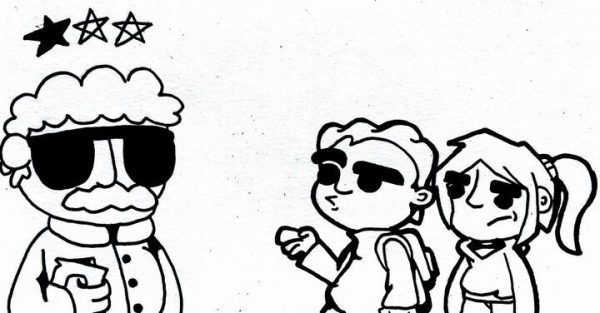Ample reasons
January 24, 1992
The Northern Star’s recent editorial on Oliver Stone’s film “JFK” (“‘JFK’ film not all accurate”, Jan. 22) claims that there are “holes” in Stone’s theory. However, I managed to find some holes in the editorial as well.
As it stated, “Some historians will point out that it was under the Kennedy administration that the first troops were placed in Vietnam. Why, then, would conservatives want him dead for this reason?” They wanted him dead not for this reason, but because Kennedy was considering pulling our troops out of Vietnam.
In October 1963, Kennedy drafted a National Security Action Memo—NSAM 263. This authorized the withdrawal of 1,000 men from Vietnam by the end of the year.
Four days after the assassination, Lyndon Johnson overrides Kennedy’s decision with NSAM 273, which paves the way for air attacks on North Vietnam and increased covert warfare.
In August 1964, Johnson uses the Gulf of Tonkin incident to start the air war and win a congressional mandate to do as he sees fit in Vietnam.
By March 1965, the first combat troops are sent, something that Kennedy refused to do.
This chain of events provides ample reason why right_wing groups like the FBI, the CIA, and the military_industrial complex would want to do away with Kennedy. If he had been allowed to live, they would have blown their chance to make billions of dollars off the war—at the expense of thousands of American soldiers.
As Oliver Stone recently stated in the “New York Times,” “the real issue of our times—as the media keep repeating—is democracy. If Kennedy was killed by a political conspiracy of his opponents and it has been covered up, then our so_called democratic system has betrayed us. The real issue is trusting the people with their real history.”
Along with Stone, I believe that if the American public is ever going to know the truth about the Kennedy assassination, there is only one thing to do: free the files. All of them—without the crucial parts blacked out. Democracy demands no less.
David Belden
Junior
Computer Science













